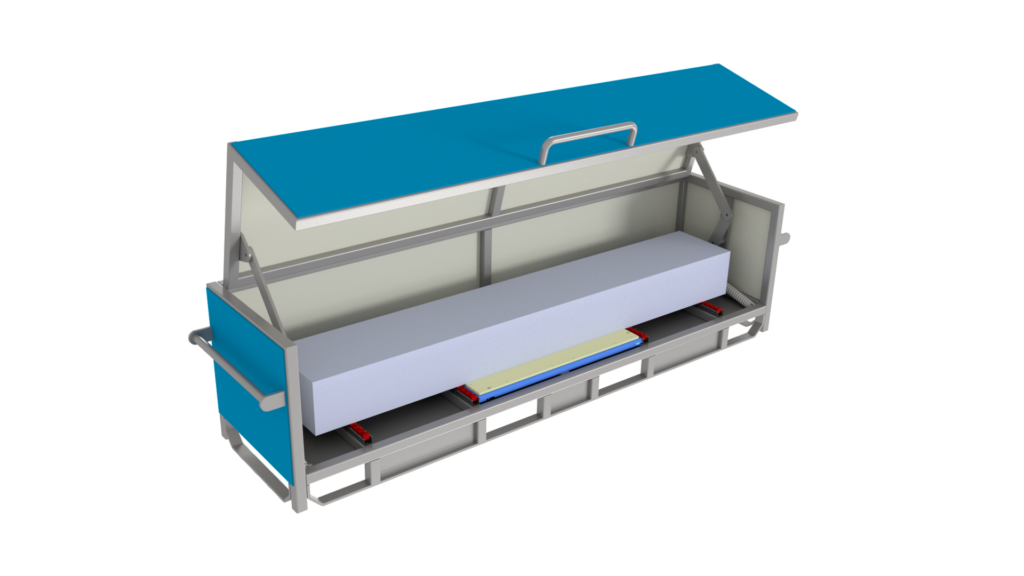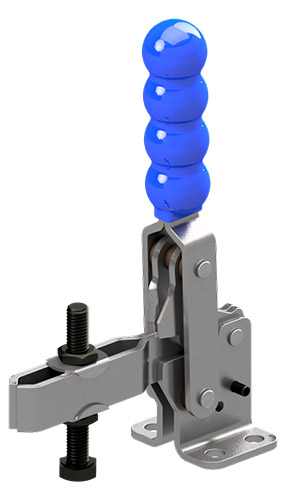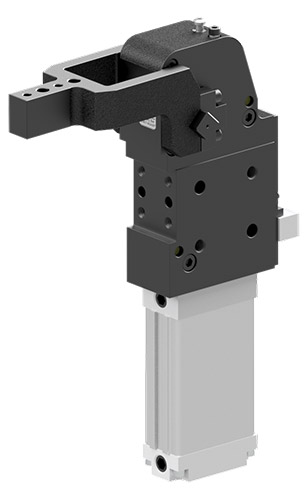Why did this vehicle manufacturer approach Sandfield Engineering with this Lithium Battery challenge?
Lithium Battery Fire Retardant Box Design requirement from an automotive manufacturer.
This automotive manufacturer approached Sandfield Engineering because we have been providing them with Automotive Hand Clamps and Power Clamps since the mid-seventies. We have also been involved in producing a host of custom engineered solutions for them over the years. They are focussing right now, as most manufacturers should be, on their impact on the environment and we have also installed our water pollution containment devices on a number of their sites.
So our relationship with this manufacture is proven and very longstanding.
What was the particular Lithium Battery challenge that they were looking to overcome?
Anyone who knows anything about Lithium Batteries, which doesn’t seem to be very many people in this early stage of their use, will know that they have a propensity to catch fire if they overheat. Understandably, our customer had concerns that they were handling, storing and processing large numbers of these lithium batteries which represented a considerable risk. As these batteries pass along the production line there were concerns that they might start to overheat which could lead to them catching fire. What they needed was a quick and safe way of isolating and moving any battery tray that showed signs of overheating, or in the worst case had already caught fire, so that it could be safely removed from the production line and away from other batteries.
When they approached Sandfield they already had a proposed solution. However, that solution involved a manual process; closing the lid of the lithium battery fire retardant box by hand. This represented a risk as it involved the attendant staff knowing how to react, and actually reacting in exactly the way required in an emergency with an obvious risk to the personal safety of the staff member who had to complete the task.
It was clear that some kind of automated closing function was required.
What were the particular challenges?
There were five major challenges to contend with if we were going to design an appropriate solution.
The first challenge was finding a material that would effectively retard a lithium battery fire. Lithium burns above 550 degrees celsius. Whichever material we used would need to be able to withstand those temperatures without warping or distorting. This ruled out all non-ferrous metals and meant that the only viable option was to use Steel, Stainless Steel was ruled out as it was deemed to be too expensive. The next consideration was the thickness of the Steel, anything less than 3mm thick would not have effectively contained the fire and would have been likely to warp or distort at the anticipated temperatures.
This meant that the overall box, and the lid that needed to be opened and closed, would be extremely heavy.
The second and biggest challenge was that the lid would need to be closed automatically. As we have established the lid would be extremely heavy, in fact, it was more than 45kgs and this would have to close automatically without being powered. The entire box needed to be removed from the premises quickly with no time to disconnect it from any fixed attachments to the mains power or pneumatic air system.
The third challenge was that the base of the battery tray was designed to conform to the shape of the vehicle and wasn’t flat. Removing the battery box from the production line in an automated way into our lithium battery fire retardant box wasn’t simply a case of just sliding it in.
The fourth challenge was how to suppress the fire. It was reasonable to assume that the fire would be contained in the box, but then you would be transporting a fire through the production areas whilst removing the battery box from the factory. This would have involved a staff member putting on a fireproof suit, before removing the box using a forklift. It was felt that this would take too much time whilst posing a risk to the staff member who would need to be relied on to perform this operation in an emergency situation.
The fifth challenge was how to produce a cost-effective solution that would be reusable. Each box would have to be made from Steel and would cost over £5,000. So it was important that, to the greatest extent possible, the box should be reusable and made from materials that wouldn’t be damaged beyond repair in the event of a fire.
What did Sandfield propose as a solution?
Sandfield proposed that the box should be made from mild steel with a minimum thickness of 3mm. This would mean that the entire box would weigh more than 120kgs with the lid weighing over 45kgs on its own.
To overcome the lack of power issue we designed a series of linkages on a counterbalanced hinging system so that as the battery tray was inserted into the box it pushed against a bar that closed the lid in a controlled manner. The lid needed to close in a controlled way as if it were to slam shut there would be the risk of catching someone’s appendages or clothes, the mechanism that was pushing the battery tray into the lithium battery fire retardant box or in the worst case, projecting flames into the work area.
To safely move the battery tray into the box we custom designed a mechanism around the irregular battery tray base with strategically positioned roller tracks along the areas where the battery tray was flat. This allowed for the battery to be removed smoothly, quickly and precisely from the production line.
The final challenge was how to extinguish the fire in the box. After some research we discovered that the most effective way to extinguish a lithium battery fire is to use fire retardant granules which are made of glass, we recommended Pyro Bubbles. Our design included a mechanism that would automatically trigger the release of these lithium retardant granules as soon as the fire retardant box lid was closed. This involved lining the lid and the sides of the box with a mesh containing the Pyro Bubbles which would burn at low temperatures and release the granules onto the fire. We also recommended a hopper that would enable the addition of more Pyro Bubbles if they were required after the box was closed.
We overcame the cost and reusability challenge through a design that incorporated mechanisms and materials that would not be destroyed in the fire. All of the components were made of steel so that they wouldn’t melt or distort. Having a built-in, automatic mechanism for extinguishing the fire quickly also meant that the box would not have to endure the effects of a fire for too long.
What is the outcome of this Lithium Battery Fire Retardant Box Design?
The outcome is a design for a Lithium Battery Fire Retardant Box that we feel meets the challenges outlined in the brief. This would allow this vehicle manufacturer to operate in the comfort of knowing that if the worst were to happen and a battery was to catch fire on their production lines they have a process to ensure that any overheating, or in the worst case, enflamed batteries can be safely removed without risking the fire spreading or causing harm to staff members.

Speak to Sandfield Engineering about Fire Retardant Lithium Battery Box removal systems
If your production process involves Lithium Batteries and you are concerned about how you might safely remove them in the event of an emergency we now have some experience in addressing this issue.
Do not hesitate to contact us to speak about how we can help you to implement safety facilities around Lithium Battery production processes.



